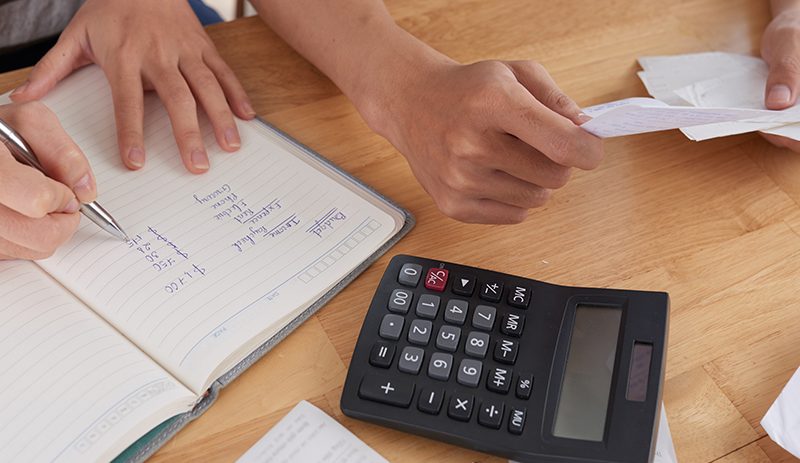This could be the secret to better budgeting
If you’ve never had a budget, or if you’ve tried and given up on one before, it can be easy to get overwhelmed. Visions of complicated spreadsheets and living on nothing but 2 minute noodles make the idea seem at best, snore-inducing and at worst, overly restrictive. But the truth is it takes very little effort to get a basic system in place. This is great news, as it can mean the difference between major savings and none at all.
If you’re hesitant to set up a budget, or even if you have one now that’s only kind of working for you, here’s a solution that may just work: separating your money into ‘buckets’.
What is a money ‘bucket’?
This concept has been doing the rounds of the personal finance blogs and media for a while now, and it’s a simple one: instead of a complicated line-by-line budget that accounts for every cent, you simply split your income into a separate account – and automate transfers – for each category. That way, you automate your saving and spending so it becomes easy to save: it’s that simple.
Step 1: Track how you’re spending now
For a week, or better yet, a month, track your spending. Many banks in Australia and New Zealand also have this function built in to their online banking, categorising your transactions for you. However you choose to do it, you’ll soon see trends emerging, and you’re ready to move onto the next step.
Step 2: Choose your categories and decide how much goes in each
Once you have all your info, it’s time to come up with a few broad categories that reflect a realistic picture of how you want to spend and save. For example, you could have categories like rent or mortgage and bills, emergency savings, groceries, eating out, fun money, travel savings and debt. Less is definitely more – fewer categories makes for a simple budget that’s easy to stick to, making it easier to save. Once you’ve set your categories, decide what percentage of your income needs to go into each. Assuming you’re not spending more than you’re earning, this needn’t be vastly different from how you’re spending now.
Step 3: Open an account for each category
With a different account for each type of spending and saving, you’ll know exactly how much you have in each. Many financial institutions offer an option for multiple accounts linked together, and you can even give them customised names so you can see, at a glance, how much you have in each one.
Step 4: Set up your automatic transfers
As with many things in life, set and forget is the surest path to success. Make sure you set up direct debits for each of your categories so your money is moving where you need it without you needing to think about it. Many companies will let you split your salary this way, or you could have all your income go into one account to begin with, with regular transfers set up to move money between accounts automatically.
Step 5: Regular check-ins
Whether monthly or quarterly, it’s a good idea to check regularly to make sure each account is where it needs to be. That way, if you find one overflowing while another is almost empty, you’ll know it’s time to tweak your transfers to better match your spending and saving goals.
So what are you waiting for? It’s time to let your savings take care of themselves. see how automating your finances can help you save towards your dreams.
Credit Simple
Credit Simple gives all Australians free access to their credit score, as well as their detailed credit report. See how your credit score compares by age, gender and community and gain valuable insights into what it all means.
All stories by: Credit Simple


